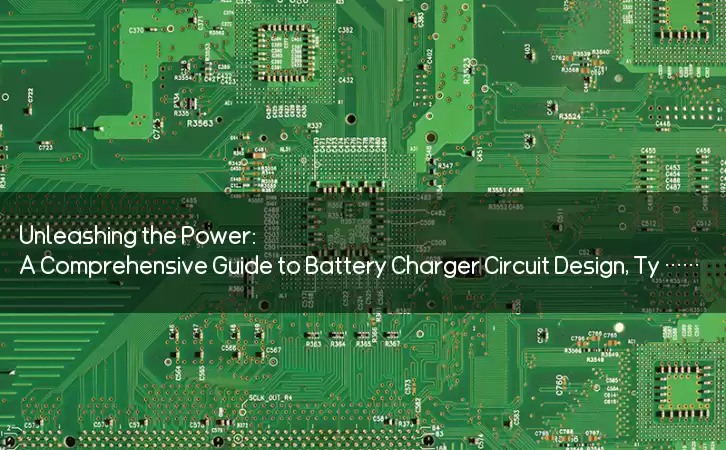Information Center
Unleashing the Power: A Comprehensive Guide to Battery Charger Circuit Design, Types, and Applications
Published:2023-08-13 00:33:25 Author:Green WCND Views:47Introduction

Battery chargers are essential gadgets that provide a steady stream of power to recharge electronic devices, especially portable ones. A battery charger circuit is an electronic circuit that is designed to regulate the charging of batteries. Batteries are widely used in many applications such as mobile phones, laptops, electronic vehicles, and toys. Each of them requires a specific battery charger circuit to charge the battery and maintain its life. In this article, we will discuss the basics of battery charger circuit designs, their characteristics, types, and applications.

Basic Battery Charger Circuit Design

A battery charger circuit consists of a constant voltage source, a current regulator, and a switching device. The charging process involves controlling the voltage and current to prevent overcharging or undercharging of the battery. In a typical battery charger circuit, the voltage and current are monitored using a microcontroller and regulated using a Switched-Mode Power Supply (SMPS).
Constant Voltage Source: The constant voltage source ensures that the voltage remains constant throughout the charging process. The voltage is set according to the type of battery being charged. The output voltage is typically between 3.7V and 15V.
Current Regulator: In a battery charger circuit, the current regulator is an essential component that controls the charging current. It ensures that the current is within the safe range for the battery and the circuit components. The current limiting is achieved through constant current circuits and transformer-based circuits.
Switching Device: The switching device controls the charging cycle and ensures that the voltage and current remain constant. The two main types of switching devices are MOSFETs and BJTs.
Charge Completion Detection: Charge completion detection circuitry prevents the battery from overcharging, which can cause damage. The detection circuits usually consist of a voltage or temperature sensor that automatically switches off the charger when the battery is fully charged.
Types of Battery Charger Circuit
The type of battery charger circuit depends on the application and the type of battery being charged. The four main types of battery charger circuits are:
1. Linear Charger Circuit: Linear Charger circuits use linear regulator ICs to control the charging current and voltage. They are simple and cost-effective but are less efficient than switching charger circuits.
2. Switching Charger Circuit: Switching charger circuits use either flyback or boost converter topologies to regulate the charging current and voltage. They are more efficient than linear charging circuits but are more expensive.
3. Pulse Charger Circuit: Pulse charger circuits use a high-frequency pulse to charge and discharge the battery. They are highly efficient and can charge the battery quickly, but require complex circuitry.
4. Solar Charger Circuit: Solar Charger circuits use solar panels to charge batteries. They are suitable for outdoor applications and are environmentally friendly.
Applications of Battery Charger Circuit
There are several applications of battery charger circuits, some of which include:
1. Mobile phones, laptops, and tablets.
2. Electric Vehicles.
3. Portable Medical Equipment.
4. Toys and Electronic Gadgets.
Conclusion
The battery charger circuit is an essential device that provides power to recharge many electronic devices. Designing a battery charger circuit requires knowledge of the type of battery being used, the voltage and current requirements, and the application. The type of battery charger circuit needed depends on the specific application and the type of battery. With advancing technology, we can expect more efficient and cost-effective battery charger circuits to emerge.
Battery testers of different voltages exhibit significant differences in several aspects, and a 12V battery tester is primarily used for testing a range of spec···
Battery Testers (battery capacity testers/battery detectors) indeed come in various types tailored for different products. These different types of battery test···
The advantages and disadvantages of battery testers are as follows:AdvantagesFlexibility:Battery testers can accommodate various testing modes, making them adap···
Understanding the testing accuracy of golf cart battery testers is crucial for ensuring the precision of test results. Here are some methods to assess the testi···





